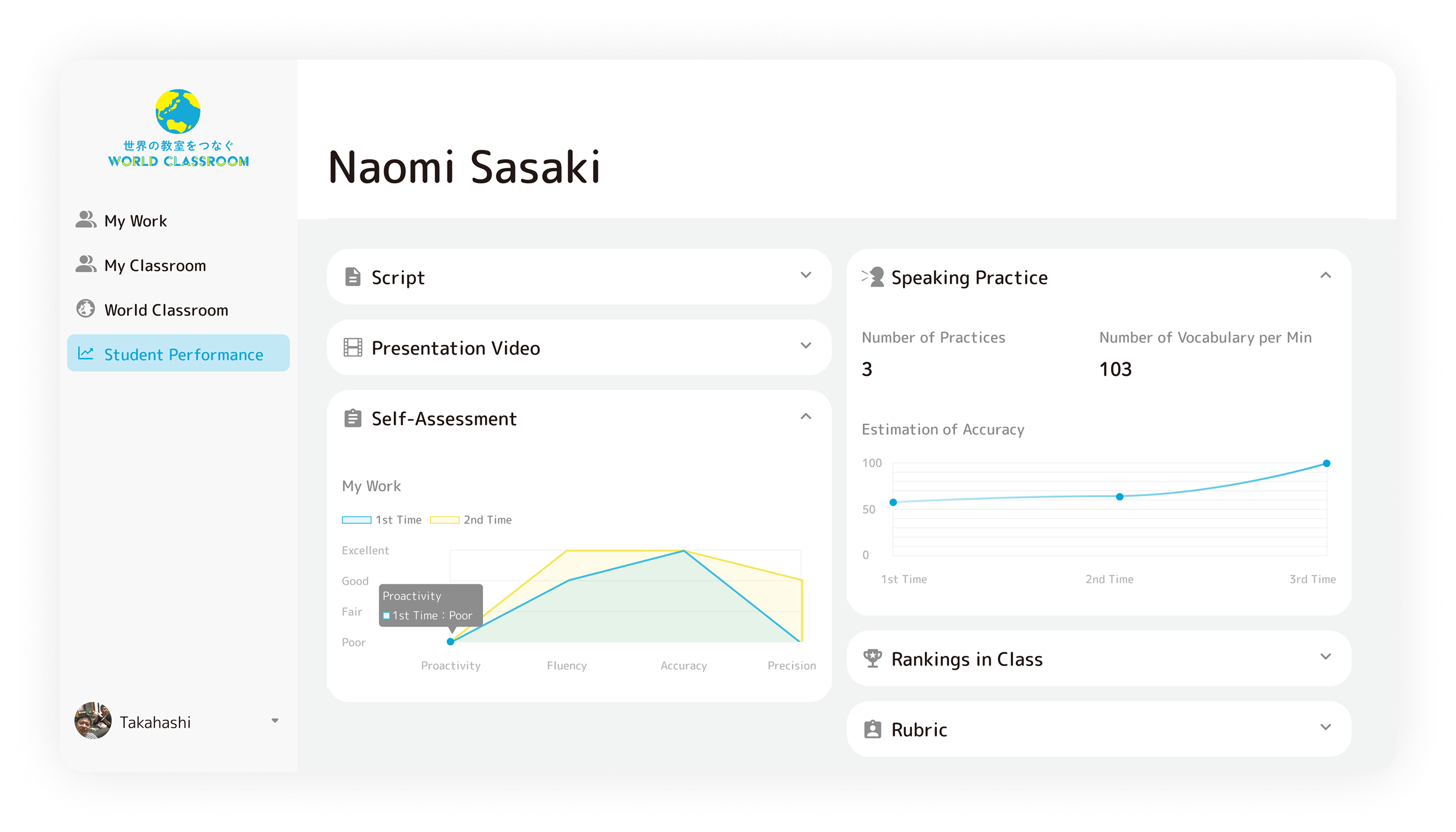

Business



Student User



Teacher User



To help them to practice speaking in English and to interact with students abroad online.


To help them to evaluate students’ performance by reducing effort and to find schools for cultural exchanges.

Speech to Text to input a Hand-written English Script to the System

Analytics of Auto-graded Student's Performance

Video Chat - AI Voice Assistance

Style guide, component library with design tokens; streamlining the design process and ensuring a visually consistent user interface.
Partial Style Guide - Color

Component Library - Icon
Component Library - Input Field

Design Scoping and Resource Prioritization
Navigating resource allocation was a key challenge as a solo product designer. With limited time, budget, and support, I had to make tough trade-offs; streamlining processes while building a scalable system. Scoping was especially difficult, and some UX areas were constrained due to limited exploration. This experience underscored the need for stronger prioritization frameworks and more intentional early design efforts. Moving forward, I aim to improve scoping to ensure more holistic, user-centered solutions—even under constraints.
Reconciling Inclusive Design Requirements with Brand-First Priorities
A key challenge was aligning inclusive design—required for funding—with leadership’s push for brand consistency. I introduced a design system to streamline visual alignment while advocating for post-launch accessibility testing to address long-term inclusion. This experience strengthened my ability to navigate conflicting priorities and build scalable, inclusive solutions through systems thinking.
I’m grateful for the opportunity to contribute to a mission-driven product focused on equitable learning access. Working with a resilient, user-centered team was deeply rewarding, and I look forward to carrying these insights and values into future work.